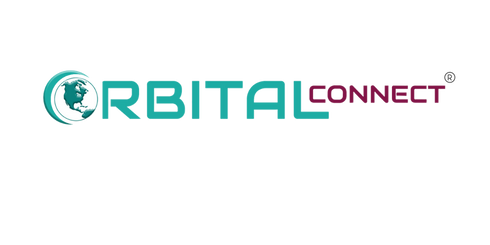
Work Microwave
Work Microwave Cloud-ready Digital Converter DBDC
Request a quote at Contact@orbitalconnect.com or +1.888.218.9394
Digital Block Downconverter is one of the WORK Microwave’s Virtual Ground Station (VGS) main units for digitalization of RF signals.
DBDC receives antenna signals from LNA (or LNB) directly in the input and converts them to digital packets. It does block down conversion from RF to digital baseband.
At the output, the digital baseband signals are transported as IP packets in DIFI (Digital Intermediate Frequency Interoperability) standard to the V-series software modem.
DBDC & DBUC: Key features and advantages
- They include block converters (direct S/C/X/Ku/DBS/Ka/Q/V-band port is possible, and IF/L-band as well), with this result: the system is very compact and eliminates the additional need for separate frequency converters, redundancy switches, additional RF connection points, and signal attenuations.
- They are designed as the outdoor type that can be mounted at antenna directly. This feature eliminates the need for a big RF shelter near the antenna or saves significant space in terms of system integration.
- Multiple-band options (triple for Ka-band, dual for Ku-Band… as an example) for simultaneous Tx and Rx at high/medium/low bands.
- Switchable LO option (selectable high/medium/low… band)
- Lossless transport for IP networks with QoS (Quality of Service) and enough bandwidth.
- Fiber optical output option for block downconverter and input option for block upconverter.
- High operational temperature: -40° to +70° C
Digital Block Downconverter is one of the WORK Microwave’s Virtual Ground Station (VGS) main units for digitalization of RF signals.
DBDC receives antenna signals from LNA (or LNB) directly in the input and converts them to digital packets. It does block down conversion from RF to digital baseband.
At the output, the digital baseband signals are transported as IP packets in DIFI (Digital Intermediate Frequency Interoperability) standard to the V-series software modem.
DBDC & DBUC: Key features and advantages
- They include block converters (direct S/C/X/Ku/DBS/Ka/Q/V-band port is possible, and IF/L-band as well), with this result: the system is very compact and eliminates the additional need for separate frequency converters, redundancy switches, additional RF connection points, and signal attenuations.
- They are designed as the outdoor type that can be mounted at antenna directly. This feature eliminates the need for a big RF shelter near the antenna or saves significant space in terms of system integration.
- Multiple-band options (triple for Ka-band, dual for Ku-Band… as an example) for simultaneous Tx and Rx at high/medium/low bands.
- Switchable LO option (selectable high/medium/low… band)
- Lossless transport for IP networks with QoS (Quality of Service) and enough bandwidth.
- Fiber optical output option for block downconverter and input option for block upconverter.
- High operational temperature: -40° to +70° C












